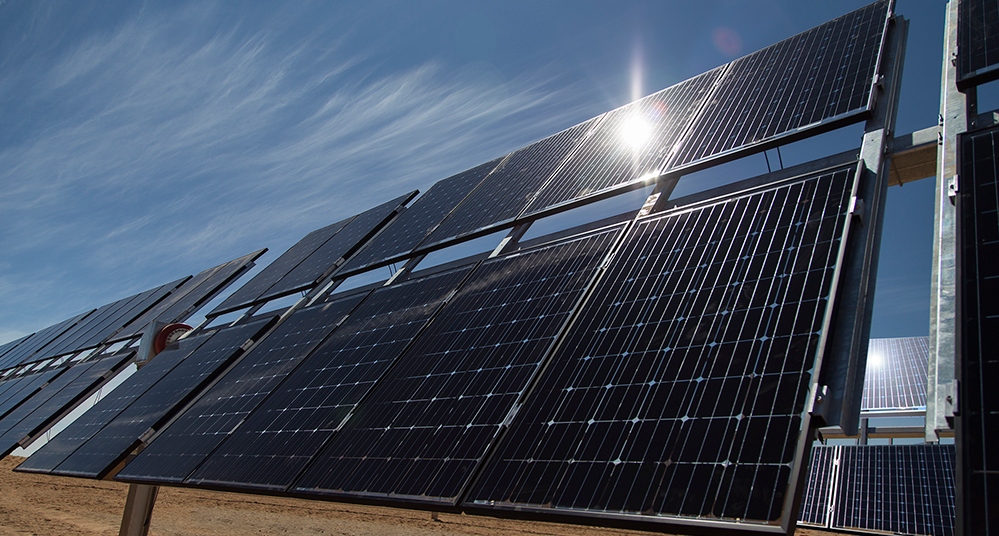The National Capital Region Transport Corporation (NCRTC) has signed a memorandum of understanding (MoU) with the Solar Energy Corporation of India (SECI) to harness blended renewable energy for the Regional Rapid Transit System (RRTS) project connecting Delhi, Ghaziabad, and Meerut.
The MOU will explore possible opportunities in electric/transformative mobility, hydrogen-based economy, and other alternative sources of fuels and energy.
NCRTC, as part of its Energy Management Policy, intends to maximize the use of blended renewable energy such as solar power for meeting the full energy requirement of NCRTC. SECI will help arrange blended renewable energy to NCRTC round the clock at affordable rates for Delhi-Ghaziabad-Meerut Corridor and extend cooperation for other future corridors.
This cooperation is a part of NCRTC’s long-term strategy to make RRTS and NCRTC financially and environmentally sustainable. The use of clean energy will help NCRTC save on electricity costs and lower CO2 emissions.
NCRTC plans to meet 40% of the total energy requirement of the Delhi-Meerut RRTS corridor through renewable energy. It targets to generate a minimum 10 MW of renewable energy and install solar panels for all elevated RRTS stations and depots.
This content is protected by copyright and may not be reused. If you want to cooperate with us and would like to reuse some of our content, please contact: editors@pv-magazine.com.









By submitting this form you agree to pv magazine using your data for the purposes of publishing your comment.
Your personal data will only be disclosed or otherwise transmitted to third parties for the purposes of spam filtering or if this is necessary for technical maintenance of the website. Any other transfer to third parties will not take place unless this is justified on the basis of applicable data protection regulations or if pv magazine is legally obliged to do so.
You may revoke this consent at any time with effect for the future, in which case your personal data will be deleted immediately. Otherwise, your data will be deleted if pv magazine has processed your request or the purpose of data storage is fulfilled.
Further information on data privacy can be found in our Data Protection Policy.